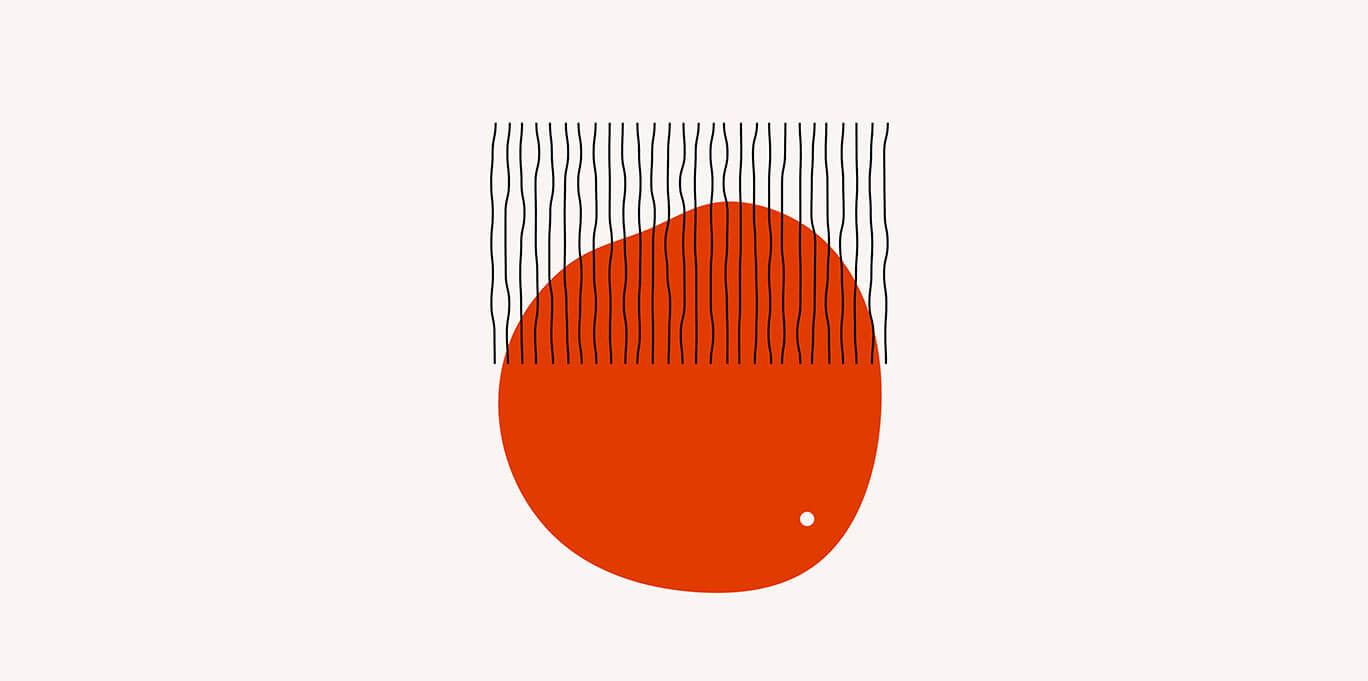
Are you ready for the ultimate crash course on minimalist web design? Buckle up, because we’re about to dive into the wonderful world of simplicity.
First things first, what is minimalist design? Simply put, it’s a design philosophy that focuses on using minimal elements to achieve maximum impact. That means no clutter, no distractions, and no unnecessary frills – just clean, elegant, and straightforward design.
So, why should you care about minimalist design? Well, for starters, it can make your website or app look modern, sophisticated, and professional. It’s like the LBD (little black dress) of the design world – it never goes out of style and it always looks good. Plus, minimalism is easy on the eyes, which means your visitors will have an easier time navigating and interacting with your site.
But the benefits of minimalist web design go beyond aesthetics. It can also have a positive impact on your business. Here are a few reasons why:
1 Improved User Experience
Minimalist design helps improve the user experience by making it easier for users to find what they’re looking for. When you have too many elements on a page, it can be overwhelming and confusing for users. But with a minimalist approach, you can clearly highlight the most important information and calls to action, which can lead to higher conversion rates.
2 Faster Loading Times
Minimalist design is also great for improving website performance. With fewer elements on a page, there’s less data for the browser to load, which means faster loading times. And we all know how important speed is when it comes to keeping users engaged and happy.
3 Enhanced Mobile Compatibility
In today’s world, it’s essential to have a mobile-friendly website. And guess what? Minimalist design is great for mobile compatibility. Since minimalism relies on simple, uncluttered design, it’s easier for mobile devices to render and display. This means your users will have a better experience accessing your site on their phones and tablets.
4 Increased Accessibility
Minimalist design can also make your website more accessible to users with disabilities. When you have a clean, uncluttered layout, it’s easier for screen reader software to navigate and interpret the content. This means more users will be able to access and benefit from your site, regardless of their ability.
5 Cost-Effective
Minimalist design can also be cost-effective for businesses. With fewer design elements to create and maintain, it’s typically cheaper to implement and maintain a minimalist website. Plus, with a clean and straightforward design, you won’t need to constantly update or overhaul your site, which can save you money in the long run.
But wait, there’s more! Minimalist web design can also have a positive impact on your brand. It can help establish your brand as modern, forward-thinking, and professional. Plus, since minimalism is all about simplicity, it can also communicate your brand’s values and message more effectively.
So, are you convinced yet? Minimalist design is more than just a trendy aesthetic – it can have tangible benefits for your business and your users.
But here’s the thing: minimalist design isn’t just about stripping away all the bells and whistles. It’s about finding the right balance and only including the elements that are essential to your brand and message. It’s about creating a visually appealing and functional design that serves a purpose.
So, if you’re ready to embrace the power of simplicity, here are a few tips to get you started:
1 Start with a clean slate
Before you start adding elements to your design, take a step back and look at your existing design. Are there any elements that aren’t serving a purpose or adding value to the user experience? If so, consider removing them. This can help you create a clean and uncluttered design that’s easy for users to navigate.
2 Use white space wisely
White space, or negative space, is an essential element of minimalist design. It helps to define and separate different elements on a page, making it easier for users to focus on the content that’s important. So, don’t be afraid to use plenty of white space in your design – it can actually make a big impact.
3 Simplify your color scheme
Minimalist design is all about simplicity, so it’s important to keep your color scheme simple as well. Stick to a few colors and use them consistently throughout your design. This can help create a cohesive and cohesive look that’s easy on the eyes.
4 Use typography effectively
Typography is a powerful tool in minimalist design. By using clean, simple fonts and carefully selecting font sizes and styles, you can create hierarchy and emphasis in your design. Just be sure to use typography sparingly – too many different font styles can be distracting and cluttered.
5 Keep it consistent
Consistency is key when it comes to minimalist design. This means using the same design elements and styles throughout your site, so it looks cohesive and professional. It’s also important to use the same design language across different platforms, like your website and social media channels, to create a strong and consistent brand identity.
So there you have it – the benefits of minimalist design in a nutshell (or should we say, in a minimalist nutshell?). From improved user experience to cost-effectiveness and increased accessibility, minimalist design can have a big impact on your business. Just remember to keep it simple, consistent, and purposeful, and you’ll be well on your way to creating a stunning and effective minimalist design.


